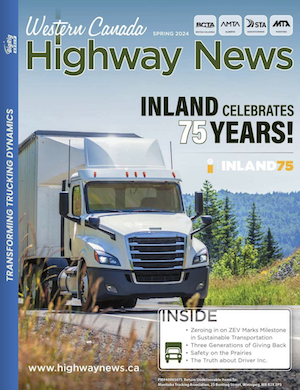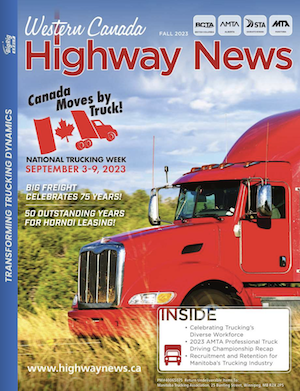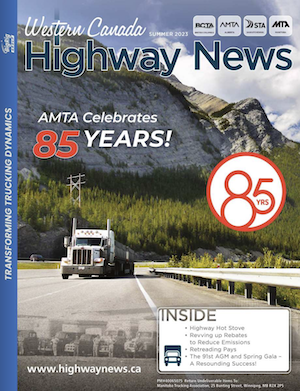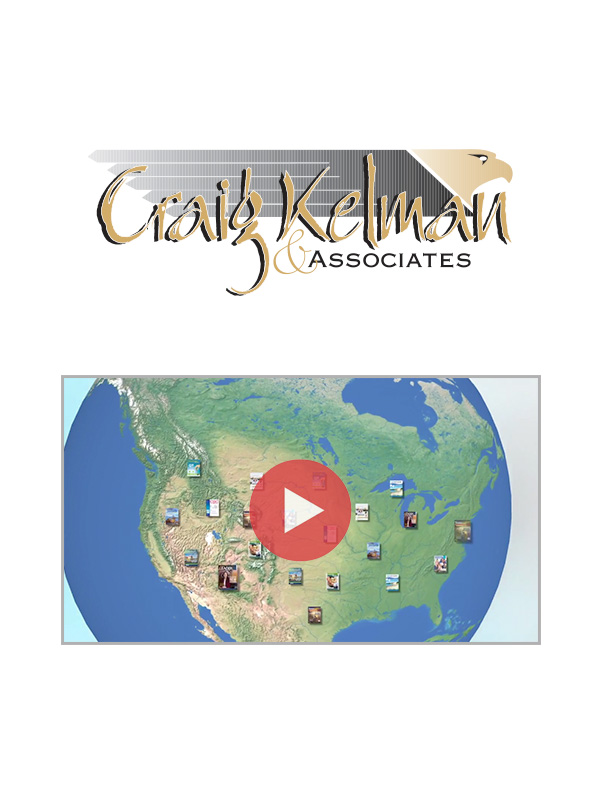nsurance premiums in 2018 could put your company out of business. Harsh words, but sadly a reality for many trucking companies across Canada.
How is this possible? Insurance companies that offer trucking insurance have entered into what is called a “hard market.” This means there are fewer insurance companies that are willing to provide insurance to a trucking company, and the few insurers that remain are taking a much firmer approach when reviewing a company’s safety procedures. Insurance companies are paying out higher claims costs due to increased equipment values, skyrocketing environmental remediation costs, and bodily injury settlements similar to those in the United States.
In today’s hard market, even trucking companies with exemplary safety records are still seeing increases. These increases can be attributed to the overall losses insurance companies are seeing in our industry and to efforts to hedge against further losses. Like all of us in business who want to make a profit, insurance companies are no different.
How insurance companies decide to cover your company and at what rate depends on several factors. One of the most important factors is your annual loss ratios. A loss ratio is calculated by taking the amount of all your losses and reserves divided by the cost of your insurance for the year. As an example, if you had losses and reserves of $225,000 and paid $375,000 for your insurance, your loss ratio would be 60%. Any loss ratio over 60% over the past three to five years will likely see your insurance rates jump higher.
For companies exceeding the 60% ratios the industry has seen increases of up to 400%, or even more drastic, insurers lapsing policies as they will no longer work with a particular trucking company. This can be devastating for the trucking company if no other insurer wants their business, the trucking company will end-up in facility.
Your ability to manage the ‘Big Four’ costs can be the difference between a profitable or non-profitable year. (Wages, capital expenditures, fuel and insurance make up the Big Four.) For many trucking companies, managing insurance costs was a once-a-year discussion with their broker, and only done at renewal time. No longer is this going to be enough if a company wants to keep their insurance costs in line and their trucks on the road.
Changing the way in which you work with your insurance broker and how you plan and execute your safety program is the first place to start to help reduce your risk of large increases. It is no longer acceptable to simply gather all your safety meetings’ notes and policies right before your loss control or risk assessment meeting.
Long-term planning and execution will go a long way in letting your insurer know you take safety seriously. Areas of greatest impact that I can recommend are: Meet with your team and perform a comprehensive review of your safety program. Ask yourself if there are areas of weakness, are all meetings documented and are all your drivers’ training programs being followed and documented with written tests?
Additionally, has your company invested in new technology to assist your drivers and help the insurance company defend you in a court of law? Electronic logs supported by a reputable provider are one aspect insurance companies are looking for. Front and mirror mounted cameras have repeatedly proven what actions a driver did or did not take prior to and during an incident.
If you do not know where to start, have a conversation with your broker. If you do not have a broker that specializes in transportation, now may be the time to make that change. Your broker should be able to direct you and provide expertise to ensure you are maximizing your efforts in an effective way to help keep your insurance costs at the lowest possible rate. By investing time and resources now you can show your insurance company that you are committed to operating in a safe and proactive environment.
As our industry gets more competitive, ask yourself what benefits your company can achieve with a better safety record? These benefits include lower insurance rates, attracting and retaining the best drivers, and the peace of mind that comes with knowing your company can grow and thrive in these trying times.


 1-866-985-9791
1-866-985-9791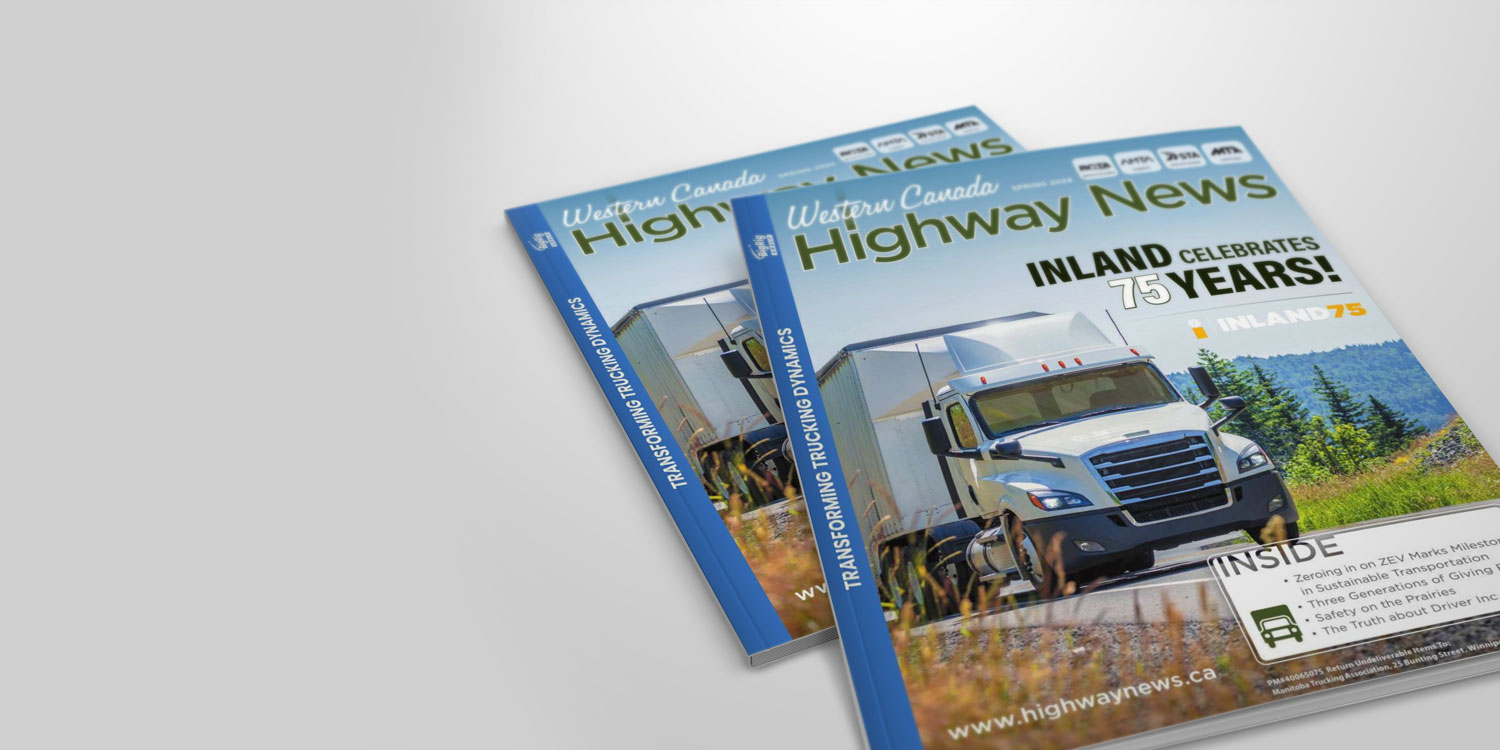

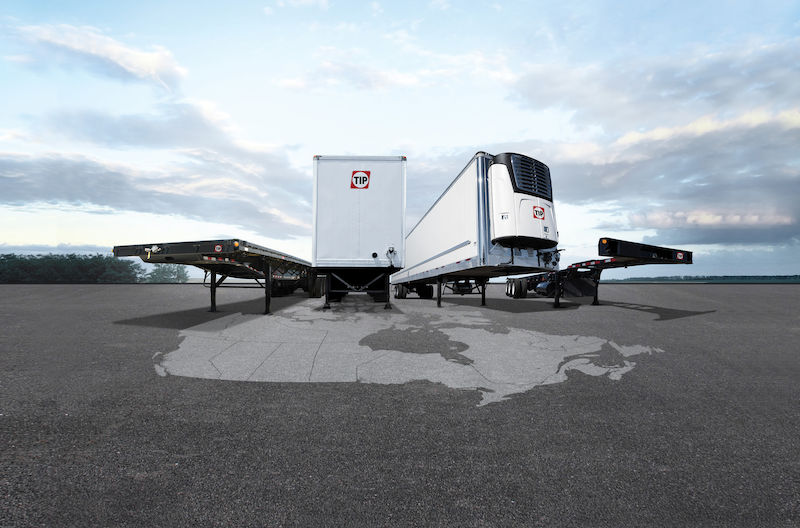 I Squared portfolio companies Transportation Equipment Network (“TEN”) and TIP Canada combine operations; now the second largest full-service trailer lessor in North America
I Squared portfolio companies Transportation Equipment Network (“TEN”) and TIP Canada combine operations; now the second largest full-service trailer lessor in North America



